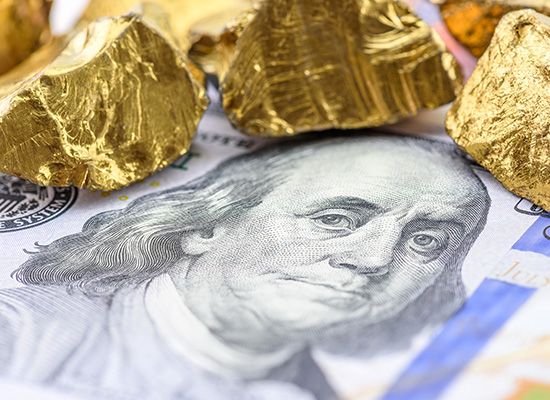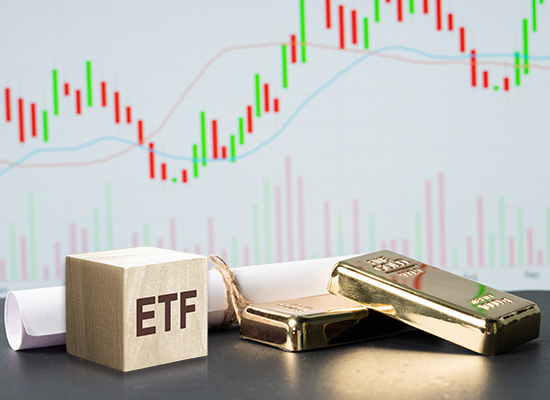 Contact
About Us
Articles
Home
Contact
About Us
Articles
Home

Investing in precious metals is a practice steeped in history but remains relevant in today’s financial landscape. Historically, gold and silver have been at the forefront of this trend, revered not only for their beauty but also for their rarity and inherent value. These metals have played pivotal roles in shaping economic systems and symbolizing wealth across various cultures and eras. Gold, in particular, has been a standard for currency, backing the value of money in many countries until relatively recent times.
In the modern investment world, precious metals extend their appeal beyond mere symbols of wealth and status. They have become strategic assets for investors looking to diversify their portfolios. One of the key reasons for this enduring popularity is the unique nature of precious metals as a store of value. Unlike paper currency or other assets, they are not tied to any particular country's economic performance or policies, making them less susceptible to specific economic risks.
Diversification is a fundamental concept in investment strategy, aiming to reduce risk by spreading investments across various asset classes. Precious metals play a crucial role in this strategy. Their prices often move independently of stock and bond markets, which means when equities or bonds underperform due to market downturns, economic instability or geopolitical unrest, precious metals like gold and silver often retain their value or even increase in price. This inverse relationship can provide a stabilizing effect on an investment portfolio.
Moreover, precious metals are seen as a hedge against inflation and currency devaluation. In times of inflation, when the purchasing power of a currency declines, the value of precious metals tends to increase. This is because these metals are priced in the weakening currency and require more units of that currency to purchase the same amount of metal. As a result, investors often turn to precious metals as a protective measure during economic downturns, political uncertainties and periods of high inflation, making them an essential component of a well-rounded investment strategy.
The modern twist in investing in precious metals comes from the various ways in which they can be included in investment portfolios. Technological advancements and financial innovations have introduced new methods to invest in these metals, ranging from physical ownership of bullion and coins to digital assets, exchange-traded funds (ETFs) and mining stocks. These developments have made precious metal investments more accessible and appealing to a broader range of investors.

The investment landscape of precious metals is diverse, offering a range of options each with its unique characteristics, market dynamics, opportunities and risks. Gold and silver are the most traditional and widely recognized precious metals for investment, known for their value retention and diverse uses. Platinum and palladium offer investment potential linked more directly to industrial demand, particularly in the automotive sector. Rhodium and iridium, while lesser-known, present high-value opportunities tied to specific industrial applications but come with higher volatility and investment complexity. Let’s take a closer look at these different characteristics.
Incorporating precious metals into an investment portfolio can offer several strategic benefits. Here's an expanded look at why many investors turn to these assets:
In summary, precious metals offer unique advantages as part of a diversified investment portfolio. Their ability to act as a hedge against inflation, provide balance during market fluctuations and maintain value over the long term makes them an attractive option for investors seeking to safeguard their wealth and reduce overall portfolio risk. While the inclusion of precious metals in an investment strategy should be tailored to individual financial goals and risk tolerance, their historical performance and enduring value make them worth considering for a well-rounded investment approach.

Investing in precious metals is a practice with a range of options, each catering to different investor preferences and strategies. Below is an expanded exploration of the various ways one can invest in these assets.
Each of these investment methods comes with its unique set of advantages, risks and considerations. Investing in physical metals provides the security and tangibility of owning a real asset but requires careful consideration for storage and insurance. Mining stocks offer potential for high returns but are subject to market risks and the performance of individual companies. ETFs and mutual funds provide ease, diversification and liquidity, making them a popular choice for many investors looking to include precious metals in their portfolios without the complexities of direct ownership or individual stock selection.
Ultimately, the choice of investment method should align with the investor’s goals, risk tolerance and investment strategy. Understanding the characteristics and risks associated with each option is crucial in making an informed decision about including precious metals in one’s investment portfolio.

Investing in precious metals can offer several benefits, but it also comes with unique risks and considerations that are essential to understand for successfully navigating this investment landscape. One of the primary risks associated with precious metals, like all commodities, is market volatility. Prices can fluctuate significantly in the short term due to various factors such as economic events, market speculation, currency fluctuations and geopolitical developments. This volatility necessitates that investors be prepared for potential sudden and sharp changes in prices, which could impact the value of their investments.
When it comes to investing in physical precious metals, there are logistical considerations, including the need for safe storage and insurance. Secure storage is vital to protect against theft, loss or damage, while insurance adds a protective layer but also incurs additional costs. These factors can influence the overall return on investment and should be meticulously considered. Moreover, liquidity concerns are another aspect to be aware of. While certain forms of precious metal investments, such as ETFs, are highly liquid, others, like physical metals, may not be as easily convertible into cash and might require a buyer, potentially incurring additional selling costs. The liquidity of mining stocks can also vary depending on factors like market capitalization and trading volume.
Precious metal investments come with unique tax implications, such as capital gains tax, which can affect the net return on investment. Regulatory changes can also impact the market for precious metals, making it important for investors to stay informed about tax laws and regulations in the jurisdictions where they invest.
A strategic approach is crucial for successful investment in precious metals. This includes assessing your financial goals and risk tolerance to determine the right type and amount of precious metal investment for your portfolio. Deciding on the proportion of your portfolio to allocate to precious metals is a critical decision. Commonly, a small percentage is allocated to these assets as a hedge against inflation or market downturns. Timing your investments based on market conditions and economic indicators is also important for investment success, as is considering your investment horizon, whether for short-term trading or long-term holding.
Analyzing market trends and global economic factors plays a crucial role in precious metal investments. Studying historical price movements can provide valuable insights and help identify market patterns and cycles. Staying up-to-date with current market trends and economic indicators that can influence metal prices, such as interest rates, currency values and inflation rates, is vital. Additionally, global economic factors like international events, economic policies, and the global demand for these metals in various industries can significantly impact the precious metals market.
In summary, while precious metals can add value and stability to an investment portfolio, they are accompanied by their own set of risks and considerations. Investors need to undertake thorough research and understand market trends, coupled with careful consideration of their financial goals and risk tolerance. Being aware of the regulatory and tax implications associated with these investments is also essential for a successful precious metals investment strategy.
Alliance America is an insurance and financial services company dedicated to the art of personal financial planning. Our financial professionals can assist you in maximizing your retirement resources and achieving your future goals. We have access to an array of products and services, all focused on helping you enjoy the retirement lifestyle you want and deserve. You can request a no-cost, no-obligation consultation by calling (833) 219-6884 today.


